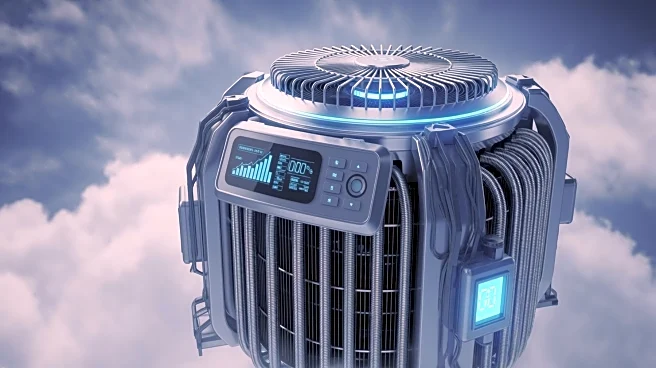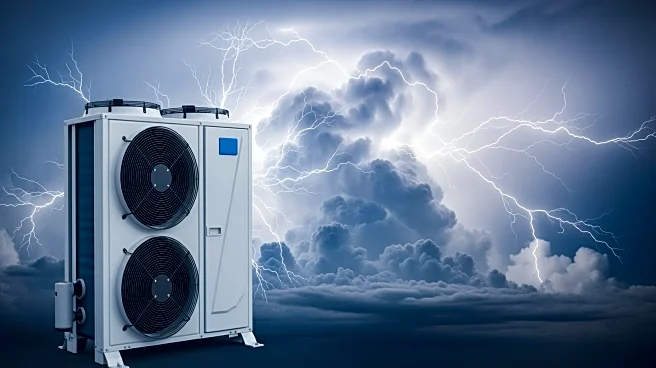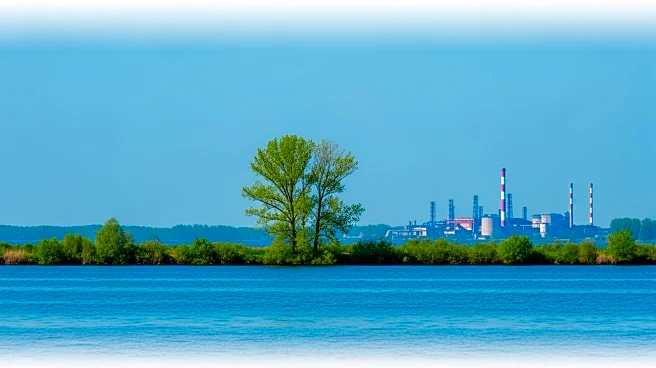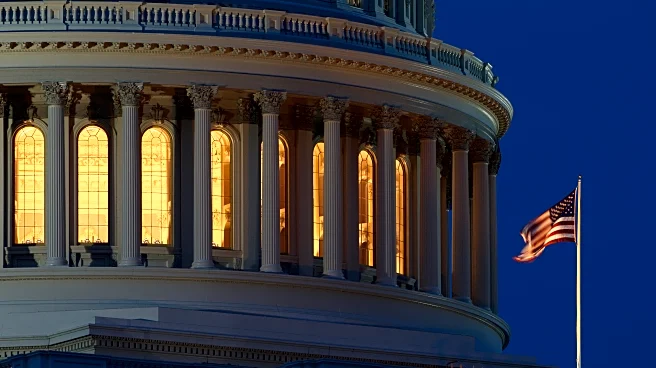What's Happening?
The Trump administration is proposing to loosen restrictions on hydrofluorocarbons (HFCs), potent greenhouse gases used in refrigeration and air conditioning. This move reverses a previous bipartisan effort
to phase out HFCs, which was supported by environmentalists and business groups alike. The Environmental Protection Agency (EPA) plans to relax standards for cold storage warehouses and delay other aspects of the HFC rule until 2032. The proposal has sparked controversy, with industry groups expressing concern over potential disruptions to the transition to alternative refrigerants.
Why It's Important?
The rollback of HFC regulations could have significant implications for climate policy and industry operations. HFCs are known to contribute to global warming, and their phaseout was seen as a critical step in reducing climate pollution. The proposed changes may lead to increased emissions and hinder progress towards environmental goals. Additionally, the uncertainty created by the regulatory shift could impact businesses that have already invested in alternative refrigerants, potentially leading to higher costs and competitive disadvantages.
What's Next?
The proposal is likely to face opposition from environmental groups and some industry stakeholders who have already adapted to the previous regulations. Legal challenges and public debates may arise as the EPA moves forward with the changes. Businesses will need to assess the impact on their operations and consider strategies to mitigate potential disruptions. The broader implications for U.S. climate policy and international agreements on greenhouse gas emissions will also be closely monitored.
Beyond the Headlines
The decision to relax HFC regulations highlights the ongoing tension between economic interests and environmental priorities. It raises questions about the role of government in balancing these concerns and the influence of industry lobbying on policy decisions. The outcome of this regulatory shift could set a precedent for future environmental policies and shape the trajectory of U.S. climate action.












